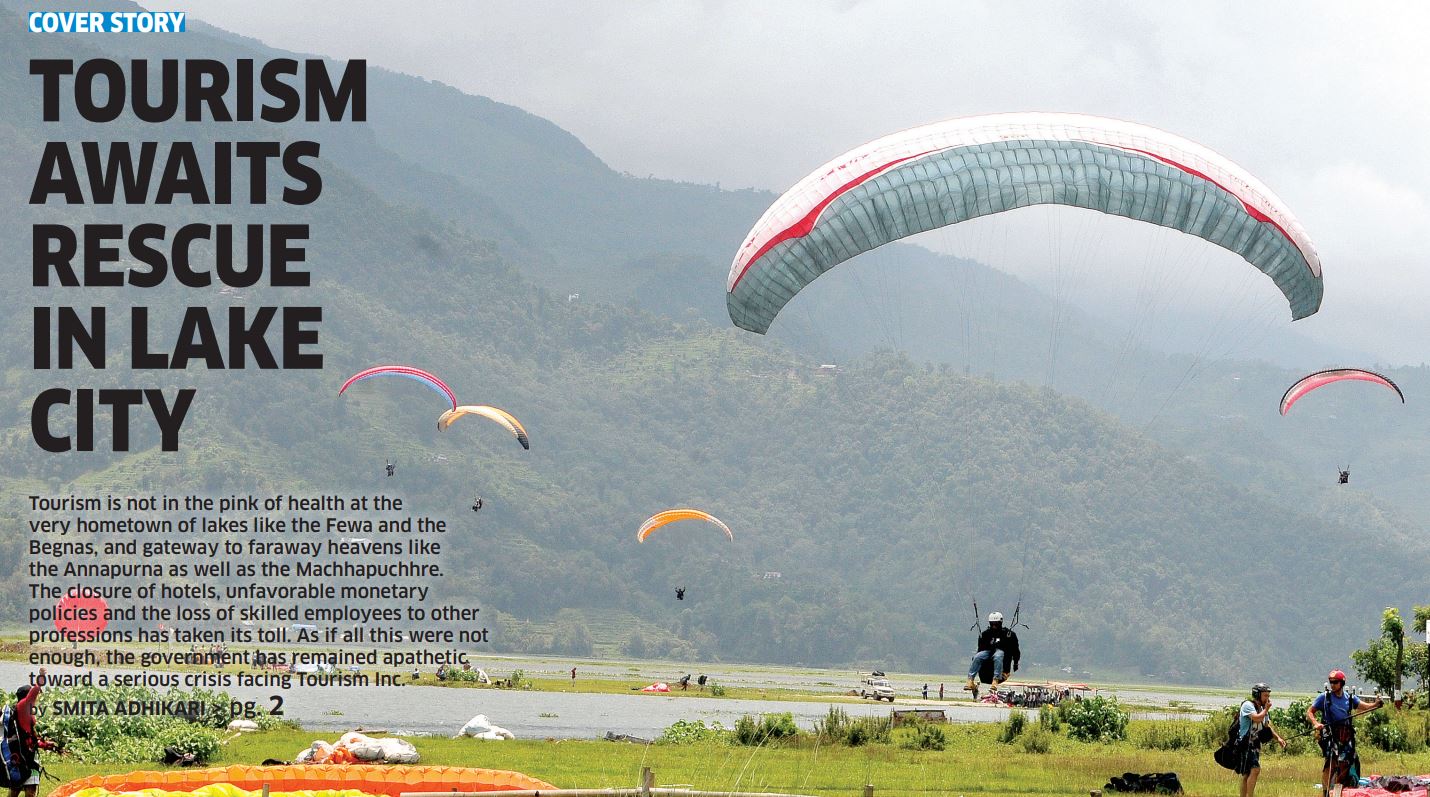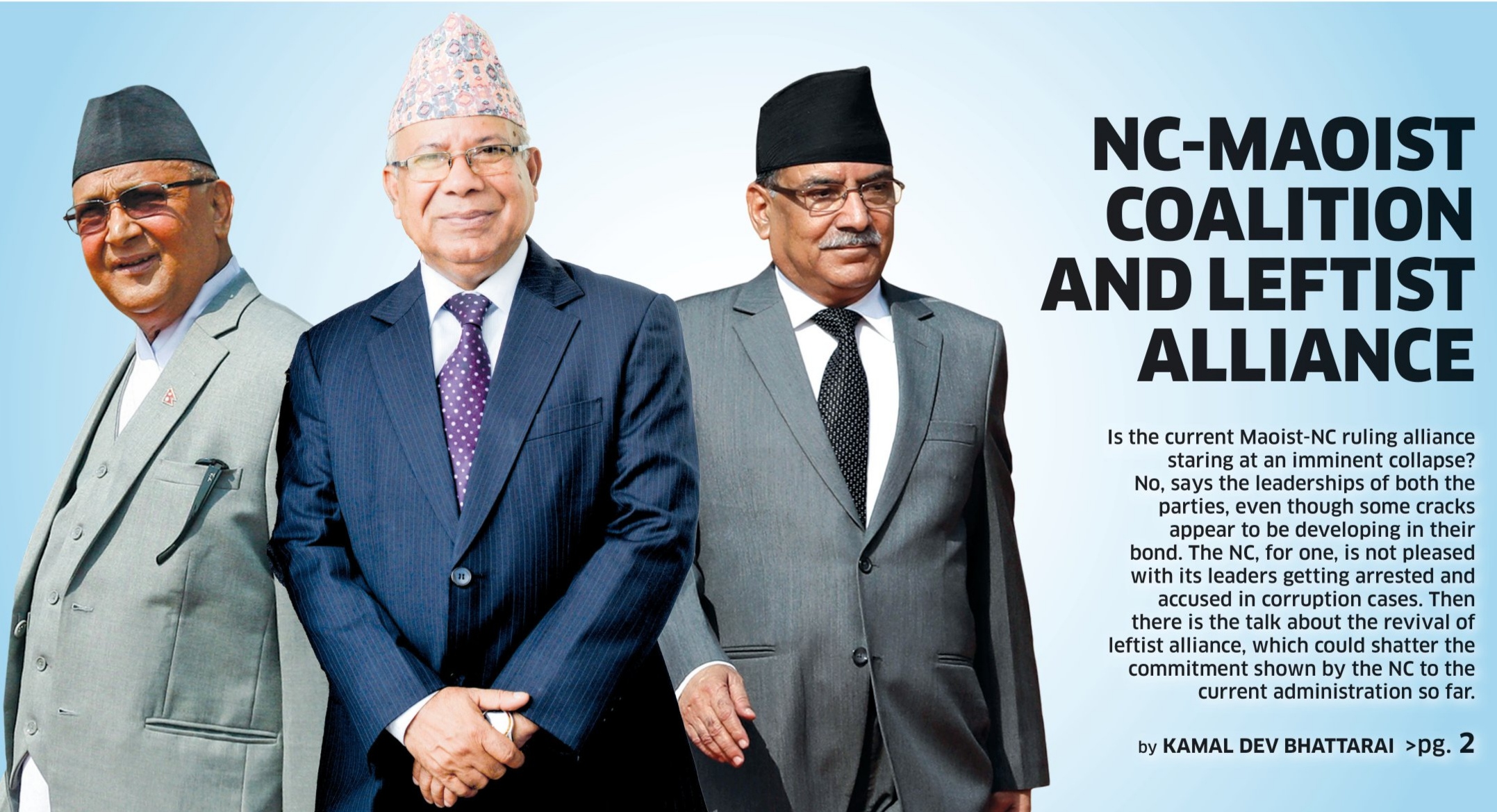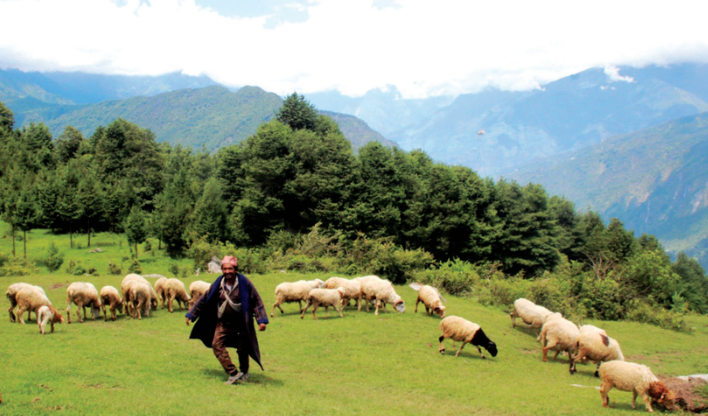Greta Rana obituary: A literary figure par excellence
Born: 1943, Yorkshire, England
Death: 25 Jan 2023, Lalitpur, Nepal
Greta Rana, a celebrated poet, novelist and translator, died on Jan 25 at the age of 80. Born in Yorkshire, UK, Rana lived most of her life in Nepal with her late husband Madhukar Shamsher Rana, a prominent economist and former finance minister. Rana was a writer of the highest class, who produced several works of fiction, poetry and other literary works. ‘Les Misérables’ by Victor Hugo, ‘Wuthering Heights’ by Emily Brontë, and ‘Great Expectations’ by Charles Dickens were some of her all-time favorite books. Among the Nepali literary figures, she admired novelist Dhruba Chandra Gautam.
In 1991, Rana won the Arnsberger Internationale Kurzprosa for her short story ‘The Hill’, which was inspired by the Godavari marble quarry. She also translated ‘Seto Bagh’, a historical novel by Diamond Shumsher. ‘Hidden Women: The Ruling Women of the Rana Dynasty’, ‘Beneath the Jacaranda’, ‘Hunger is Home’, ‘Nothing Greener’, ‘Distant Hills’, ‘Guests in this Country’, ‘Hostage’, and ‘Ghost in the Bamboo’ are some of her notable works of poetry and fiction. Rana was also a founder member of PEN Nepal and a former chair of International PEN Women Writers’ Committee.
In 2005, she was awarded the Order of the British Empire by the British government for her contributions and achievements in the literary field. Besides literary career, Rana also contributed to children’s education in Nepal. She established Shakespeare Wallahs, a theater group, to raise funds for the education of children from the poor communities.
Rana was also passionate about conserving the mountain environment and the people living there. She was active in the development work of International Center for Integrated Mountain Development (ICIMOD), where she worked until 2004. Sharing her vision for Nepal in this paper, she had said she wanted to develop towns in the mountains where all services are available, so that our youths don’t have to labor in foreign lands.
“The Himalayas of Nepal are full of micro-climates. We have a comparative advantage as we can grow anything here. We can grow fruits and vegetables when it is off-season for them elsewhere and then export them. This will give Nepal much-needed revenue.” Rana was also an advocate of an education system that incorporated job training. “We won’t get anywhere with the outdated curricula that simply don't contribute to our society,” she told this paper.
Rana also dreamt of Nepal having enough electricity and running water for each home. She firmly believed that with proper governance, those things could be achieved within couple of decades, especially with mini and micro hydel potential in Nepal. Rana passed away while undergoing treatment for brain tumor at Nepal Mediciti Hospital in Lalitpur.
Domestic debt: Govt seeks extra budget to repay internal debts
The government has been forced to manage an extra budget than the allocated amount for repaying the internal debt in the current fiscal year with the liabilities to the domestic creditors increasing along with the rise in interest rate amid a liquidity crunch in the market. The government increased the budget for internal loans payment by nearly 60 percent for FY 2022/23 but that will not be enough for domestic debt liability for the current fiscal year. “We have estimated more than Rs 20 billion in the additional budget for the current fiscal year to repay the internal loans, both principal and interest,” said a senior official of the Public Debt Management Office (PDMO). The government has allocated Rs 134.32 billion allocated for internal debt servicing, of which Rs 43.73 billion has been allocated for paying the interest on the internal loans for this fiscal year. The allocated budget for domestic debt servicing is higher by 58.17 percent compared to the total repayment the government made to the domestic creditors in FY 2021/22. The government had spent Rs 84.9 billion in domestic debt servicing in the last fiscal year, according to the PDMO. With an arrangement of over Rs 20 billion for repaying the domestic debt, the government will be paying almost double what it paid in the last fiscal year for domestic debt servicing. The allocated budget has not been enough for repaying domestic debt at a time when it has been seeing a sharp drop in revenue collection. As of February 1, the government’s revenue collection stood at Rs 480.28 billion in FY 2022/23, which is far less than the collection of Rs 574.27 billion during the same period last fiscal year. On Tuesday, the Ministry of Finance in a press statement admitted that the government’s resource is under pressure because of a number of factors including increased liability for social security, salary, and pension as well as the inadequacy of budgetary allocation for debt payment due to the increased interest rate of domestic debts. The ministry also announced a number of measures to reduce recurrent expenditure and budgetary allocation for non-essential projects. The PDMO official said that the allocated budget for domestic debt repayment would be inadequate because the government had to pay more in interest than estimated during the first half of the current fiscal year. “The interest rate to be paid to the subscribers of the government’s development bonds reached as high as 12 percent in December and January,” said the official, adding that it increased the interest to be paid to the creditors. According to the official, in the second quarter of the current fiscal year, the interest of the government bonds has come down to 7-8 percent. The government has allocated Rs 43.73 billion for paying interest on domestic loans for the current fiscal year. It spent Rs 37.58 billion to repay the interest to the domestic creditors in the last fiscal year. The government's both internal and external debt has been on the rise for the last few fiscal years. Along with the rise in overall debt, the amount to be allocated for repaying the loans has also increased. There has been a sharp rise in domestic debt in recent years with the government requiring more resources to implement federalism and tackle major crises like the earthquake, and the Covid-19 pandemic. The government’s outstanding internal loans reached as high as Rs 957.61 billion as of the first quarter of the current fiscal, up from just Rs 391.16 billion in FY 2017/18, according to the PDMO. Rising debt liabilities over the last few years also forced the government to allocate more and more budgetary allocations for repayment.
Banks’ income from share trading declines by 31.6 percent
With the domestic stock market going through a bearish run over the last one year, there has been a big decline in the income of commercial banks from share trading. Banks' income from share trading has decreased by 31.60 percent in the first half of the current fiscal year. As per the unaudited financial reports of 22 commercial banks for the second quarter, they have earned Rs 2.99 billion in income from share trading till mid-January of FY 2022/23, which is Rs 1.91 billion less than in the same period of FY 2021/22. Commercial banks earned Rs 4.37 billion from share trading in the first half of the last fiscal year. Bankers say income from share trading declined as the stock market has been in the bear territory for over the last one year. In the first half of FY 2021/22, the stock market had a bullish run with the Nepse Index reaching an all-time high of 3198.19 points. As the market was on an upward trend, banks managed to earn high profits by trading shares. In the first six months of the current fiscal year, Standard Chartered Bank earned the highest income from share trading. The bank has earned Rs 264.1 million from share trading. The Global IME Bank is in second place with Rs 262.2 million. Likewise, Nabil Bank is in third place with Rs 256.5 million. In terms of income from share trading, Nepal Bank is in the last place with Rs 27.4 million. While the average share trading income of banks has decreased in this fiscal, three banks have recorded growth. Rastriya Banijya Bank (RBB), Machhapuchhre Bank, and Nepal SBI Bank have recorded growth in their income from share trading. The RBB's share trading income has increased by 464 percent in FY 2022/23. In the first six months of FY 2021/22, the RBB had only Rs 32 million from share trading. The bank has earned Rs 198.7 million in this fiscal year. Likewise, the income of Machhapuchhre Bank from share trading has increased by 20 percent this year. The bank earned Rs 144.41 million in the first half of the last fiscal which increased to Rs 172.9 million in this fiscal. Nepal SBI Bank's income has also increased by 42 percent. The bank, which earned Rs 115.8 million from share trading in the first half of the last fiscal, earned Rs 164.2 million in this fiscal.
Begnas locals unite for tourism promotion
A large number of young people gathered on the streets around Begnas Lake, the second largest lake in Pokhara, last month. They carried posters and chanted slogans, urging authorities to prioritize the development of the Begnas Lake area. Over 300 youths from the Lekhnath Municipality participated in the rally which ended with a picnic at the dam side. Every year, the local youths organize ‘Hamro Begnas, Ramro Begnas’ (Our Begnas, Beautiful Begnas) campaign to raise awareness and draw the authorities concerned for the development of the Begnas lake area. The campaign was started three years ago by young people from diverse backgrounds and has since become a prominent movement among local youths. During the event, the participants shared their grievances with the local government, stating that it has not shown enough concern for improving the livelihoods of local people by utilizing Begnas Lake. Nawaraj Ojha, the coordinator of the campaign, stated that they have come together not only to support the government but also to hold it accountable. Every year, when the new year starts, local youths gather to discuss ways for tourism promotion in the area. They regularly organize a picnic as a major platform for exploring the interests and priorities of local youth. During the picnic, participants share ideas on ways to utilize the lake and surrounding natural scenery for overall development. The youths collect the ideas shared during the picnic and make plans for tourism development. Despite facing procedural challenges as a non-registered organization, they aim to implement these plans not only in the Begnas Lake area but also in other lakes in Pokhara. Coordinator Ojha stated that they plan to complete the registration process by the end of the quarter, in order to move forward with implementing the planned programs. 'We have organized many programs in the past three years, but due to being a non-registered organization, we have encountered difficulties,' he said. “Despite these efforts, stakeholders have not taken any action,” Surendra Babu Tiwari, one of the initiators of the campaign and an assistant professor at Pokhara University. Tiwari stated that after collecting views and studying the potential for tourism development around Begnas Lake, the campaign has made presentations to local bodies and stakeholders. The members of the campaign want their region to become a highly popular tourist destination in Kaski. That is why they are advocating for quick action from local authorities to harness the beauty of Begnas Lake and its surrounding biodiversity. Among others, they want a ring road around the lake, preservation of indigenous species and plant life, and the development of income-generating agricultural activities in the villages surrounding the lake. Additionally, they are pushing for better infrastructure, including footpaths and smooth roads. To achieve these goals, over 200 young people have joined forces with the initiators of the campaign to form a formal organization to advocate for tourism promotion. The ‘Hamro Begnas, Ramro Begnas’ campaign has been a successful effort by local youths to raise awareness about the development and preservation of the Begnas Lake and its surrounding area. With the increased participation of local youths, the campaign is hopeful of bringing positive changes to the existing way of doing development work in the area.




















